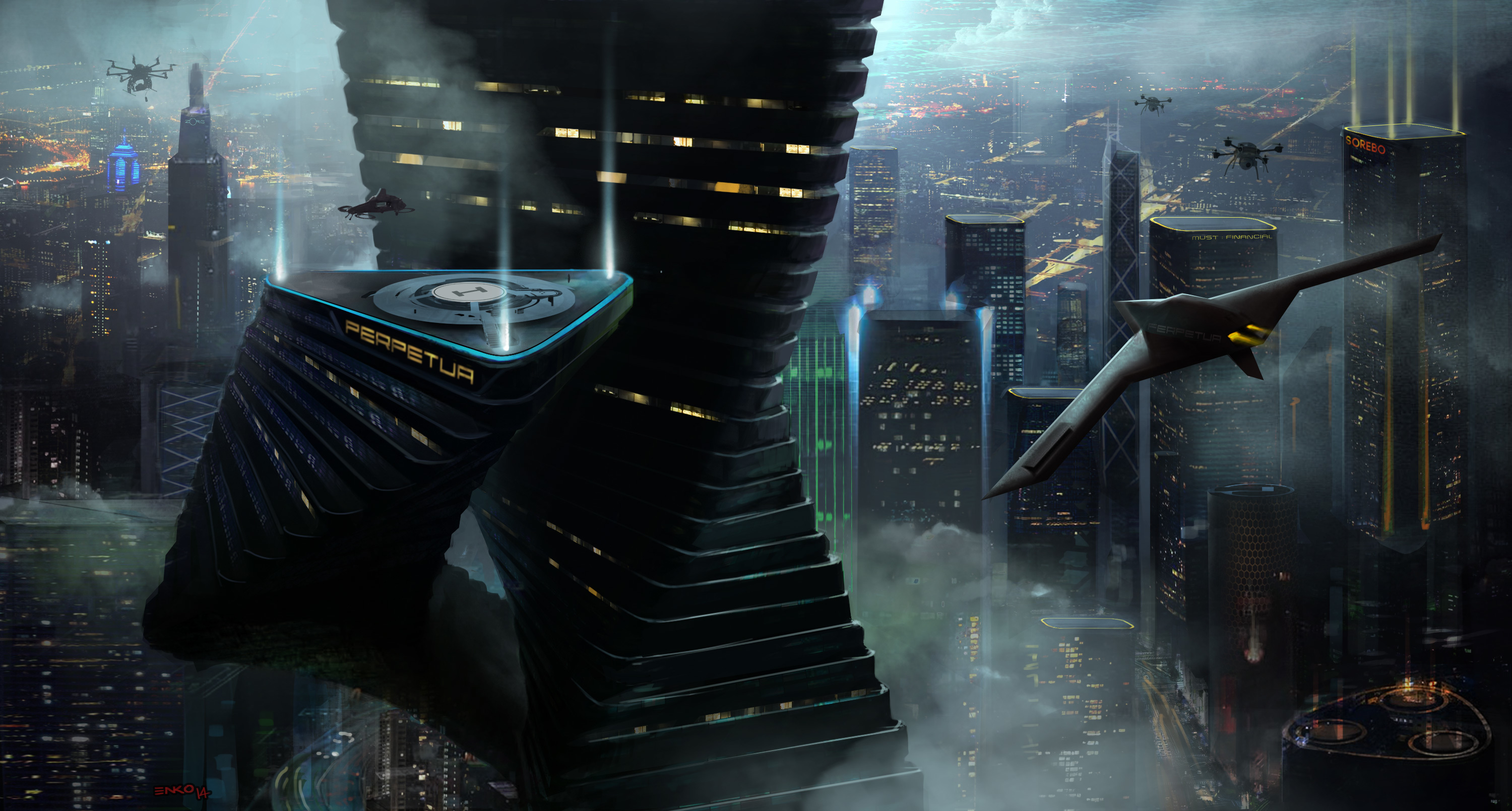Now a day’s drones are becoming a familiar word in our day-to-day life. An unmanned aerial vehicle (UAV), commonly known as a drone, does not have a pilot. It has a ground-based controller system. Initially, they were originated for military purposes, but now they are used for aerial photography, deliveries, agriculture, recreational activities and other applications. Drones are no longer simply toys for kids. They are used in different fields due to their advanced technology.
The mechanism used in drones
In a quadcopter, there are 4 rotors, which provide thrust and torque. Each rotor has individual motors. Two rotors move clockwise and other two rotors move anti-clockwise, making the quadcopter stable. If we need to accelerate the quadcopter to a certain direction, we need to reduce the power of the two rotors that are located towards the particular direction, which we need to accelerate. Meanwhile the other two rotors in the opposite side should be given high power. A quadcopter can be turned by power shifting the clockwise and anti-clockwise rotors.
The frame size of a quadcopter is the distance from opposite corners of the rotors. As an example, from the right corner to the back left motor. According to their size, they can be classified as micro, nano, mini, medium and large.
Applications of drones in today’s world
Aerial photography
Highflying cameras enable us to capture the unique viewpoints of common subjects. Aerial photography can be used in cinematography, journalism and spying.
Delivery
Drones can be used to deliver small packages to customers’ doorsteps. Companies like DHL, Amazon use this system.
GIS Mapping
GIS (Geographical Information Systemic) is a computer programme that can capture, store, organize, and display data related to specific parts of Earth’s surface. Benefits of using drones for GIS mapping is that they are time savers, environment-friendly, they can safeguard and also up-front costs would be minimal.
Precision Agriculture
The availability of imaging sensors provides farmers with new opportunities to increase crop yield, minimize crop losses, to maintain crop health, pests, diseases and weeds and drones are also used to apply nutrients and pesticides.
Law -Enforcement
Monitors criminal smugglers of migrants and drug dealers. The cameras in the drone help with face detection, which supports in trapping such criminals.
Weather forecasting
By using specialized sensors, we can collect details about weather parameters.
Military activities
Drones are used for monitoring long-range missile threats, protecting personnel in combat heavy zones, supporting communication in low bandwidth regions, operational intelligence in drones provides situational awareness.

Future drones
In future there will be drones with automatic guns, FPV goggles will be introduced for drones and there will be extremely fast moving quad. In the future, there will be smart drones with self-monitoring systems and advanced censoring systems. They will come in handy for transport, military, logistics and for other commercial sectors.
Rules and regulations implemented on drones
Many countries have imposed rules and regulations for the usage of drones. Majorly those rules can be summarized as; A drone must always ensure safety, maximum height the drown can be flown is 133m and that they should not be flown over people.


